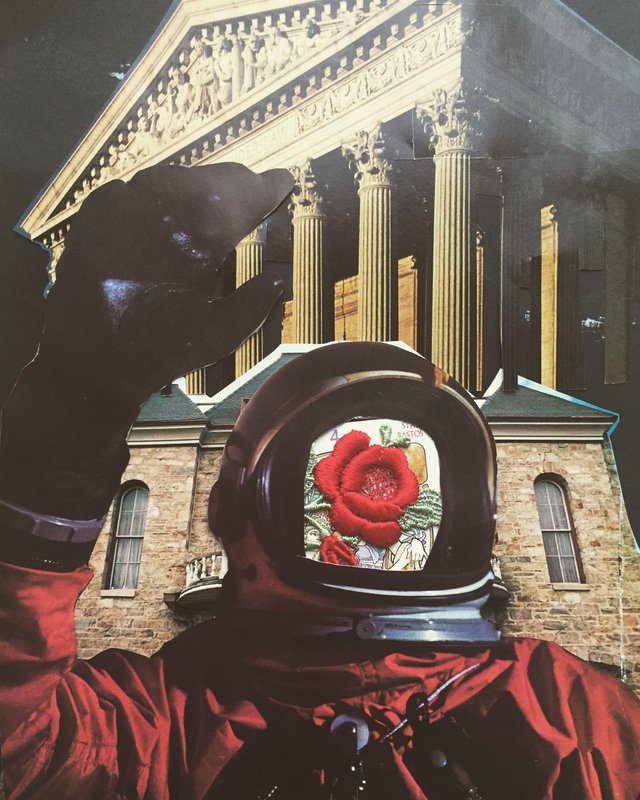Sitting there, in Oakland, inside Huey’s nephew's living room. The drums of the Malonga Casquelourd swelled down the street and hummed like a heartbeat over our conversation. It was the first time I had been introduced to Huey and his family and welcomed into their home.
As a lifelong social scientist speaking with the remaining founders of the black panthers, on an intimate level had a very specific purpose for me. How do revolutions succeed was the question?
The black panthers had successfully taken power in their neighborhoods in the early 80s and were now the most successful communities in America today.
A woman heavy set, deep lips and purple hues sat behind the chairs positioned for close proximity conversations. She crafted jewelry and every once in a while you would hear the tiny hammer bending the metal she worked with. An echo from the hammers which build the railroads and infrastructure of this country.
We spoke about movement, kinetic energy, and motion. We spoke on how to channel that power, how to manipulate what is already existing into successful currents of change. How it's manifest to social energy that propels and transport society to new dimensions.
The woman in the back mumbled under her breath saying ”man doesn't control the weather they only manipulate it to where they want it to go, and the problem with activist these days is no one knows where they want the energy to go."
Everyone sitting in that room, at that very moment, without saying a word, knew that the revolution continued and was more at risk of co-option than ever before.
